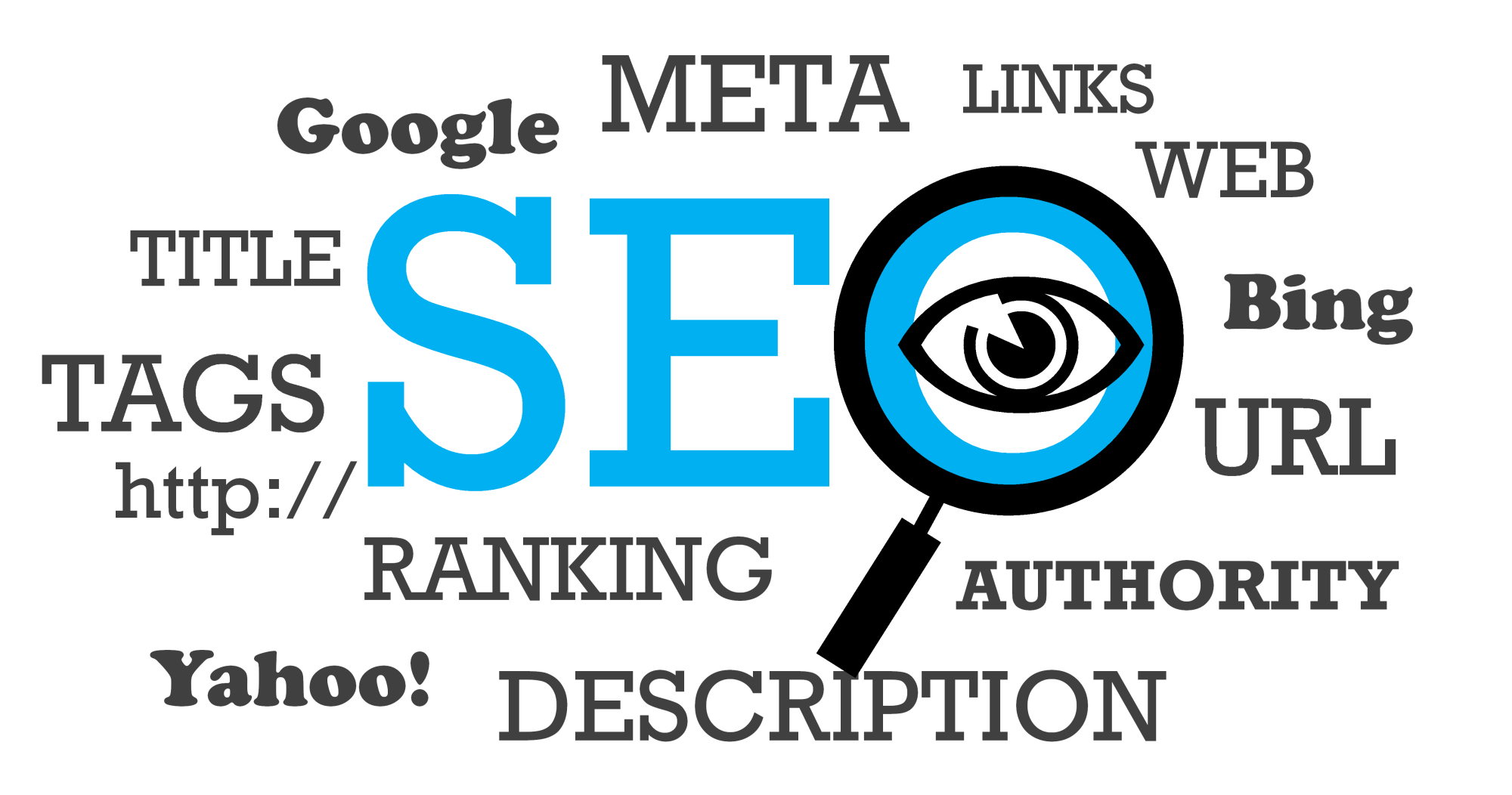Search Engine Optimization, or SEO, is the best way to get your website noticed.
SEO determines how your website ranks in search rankings. It determines how easily your site is found when someone Googles your industry.
This article will teach you about the future of SEO and how you can rank well in 2020.
1. Create Quality Content
The truth is, quality content is never going out of style.
It’s important that you create content that adds value to a reader’s life. Your content should answer questions people want to know about your business.
It’s also important that you make your content easy to read for the web.
This means no long, rambling paragraphs. You need to “chunk” your words int digestible pieces. Include headings and white space often to give people breaks from the text.
Create content that you would want to read.
2. Be Mobile Friendly
As smartphones keep growing smarter, people have less need to access a computer.
By 2025, 75% of people will be accessing the internet exclusively from their phones.
What does this mean for SEO?
It means you need to be creating websites with mobile settings in mind. Before making a post, consider how it will appear on a cell phone.
Check at what points in a post a cellphone user will need to scroll down. You also need to make sure your mobile site has fast loading times. You would be shocked how quickly a mobile user will lose interest in your site if it runs slowly.
3. Be Snippet Worthy
Google is now featuring important information on snippets on its homepage.
These snippets give answers to questions without users even having to click the link.
You want your website to qualify for a snippet. In order to do this, you need to provide clear answers to commonly asked questions on your site.
4. Hire an Influencer
Influencers are so popular for a reason: they sell things well.
People love to buy things from people they trust. Influencers provide a face to a product and people flock to them.
Recruit an influencer to advertise your product for you. While they’re doing so, they will include a link to your website which will generate more traffic for you.
Remember, the more links you have to your site, the more authority Google thinks you have and the higher you will be ranked in its search engine.
Now You Know the Future of SEO
Search Engine Optimization is going to be more crucial in 2020 than any year before.
Every day, the internet is becoming more saturated with websites and blogs and they’re all fighting to stand out. The future of SEO will surely shape up to be more and more competitive.
Focus on building a quality website and becoming an authority on your subject and the traffic should follow.
Check out more of our tips on marketing your content here.









